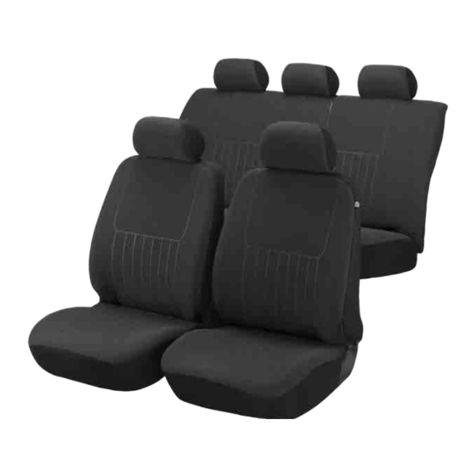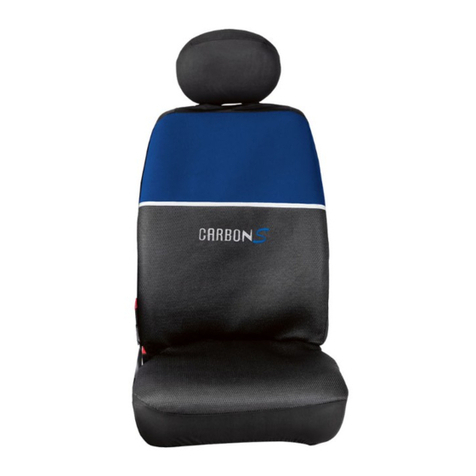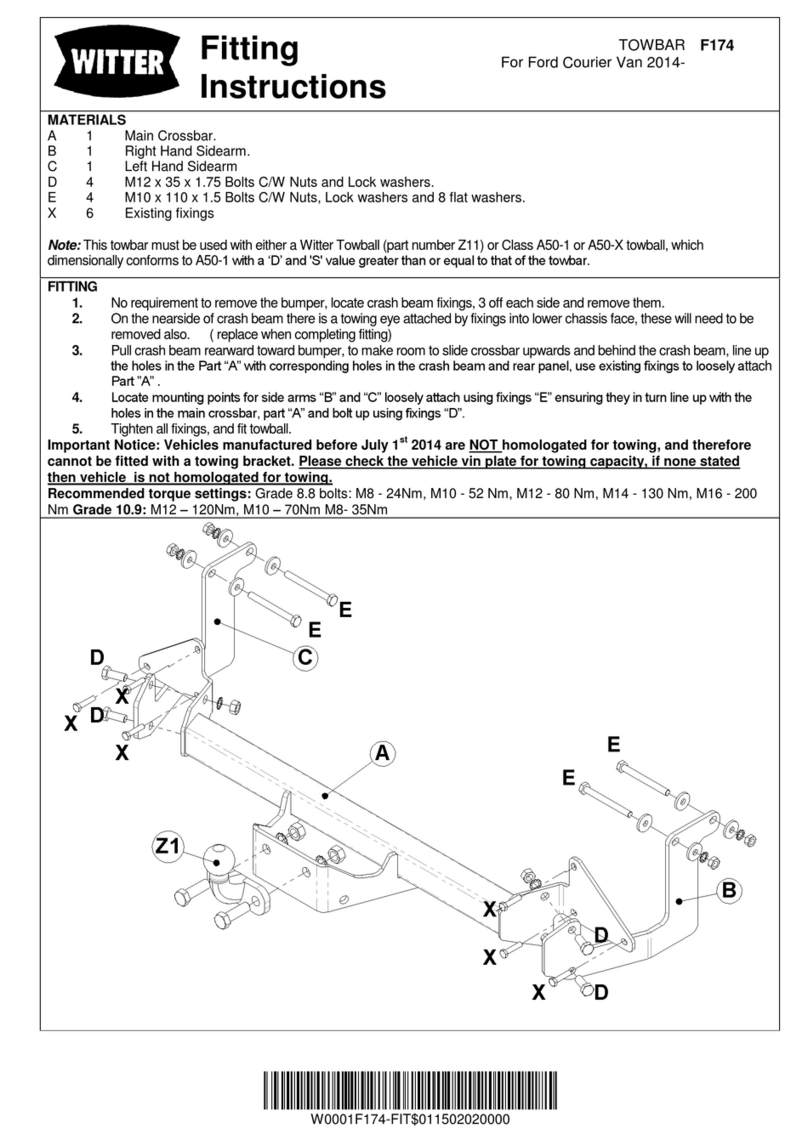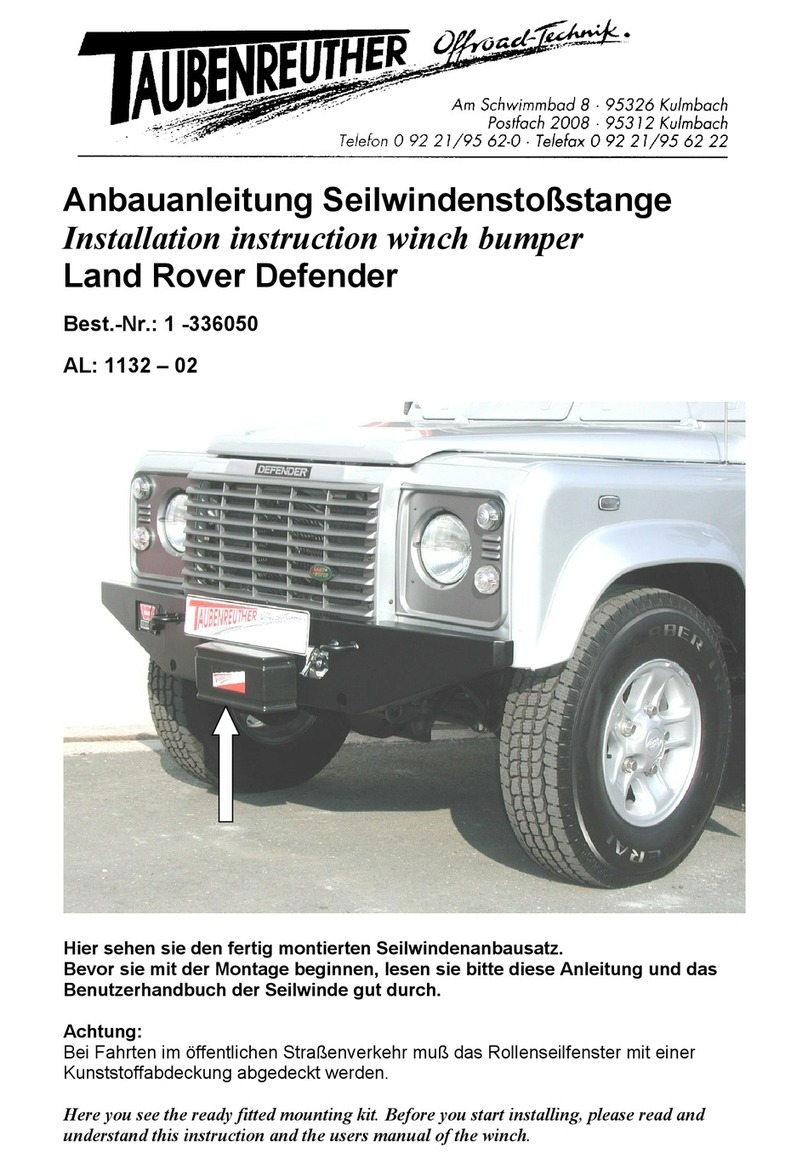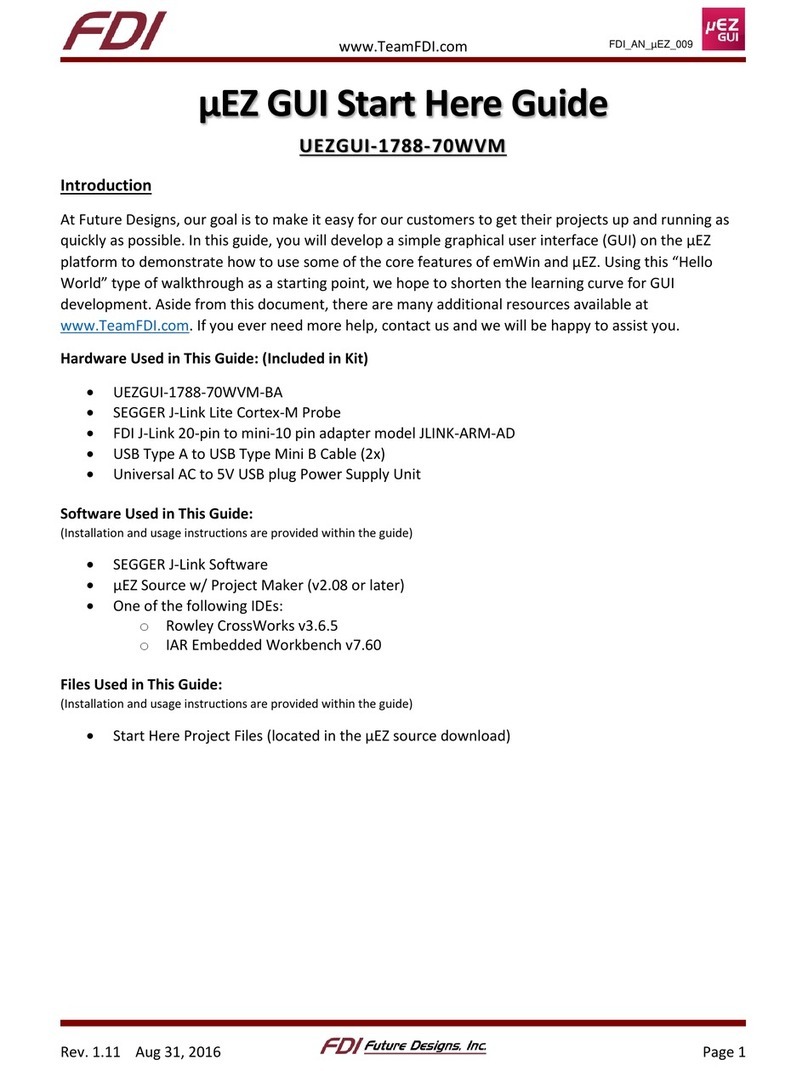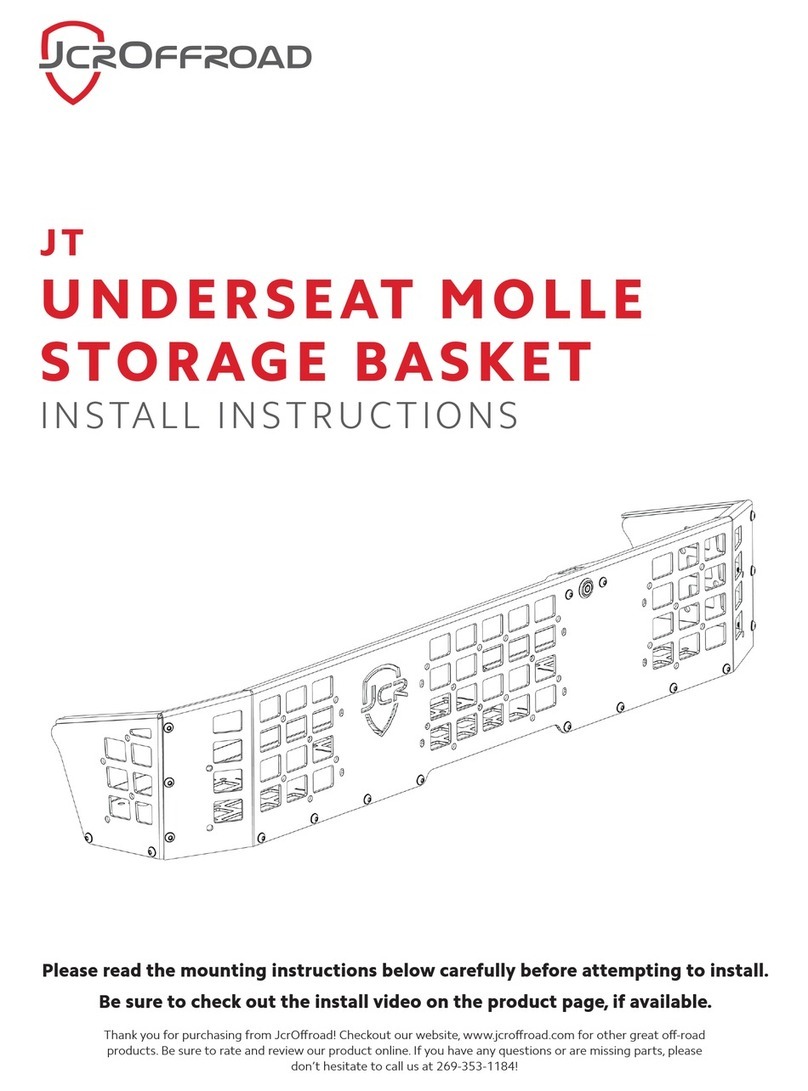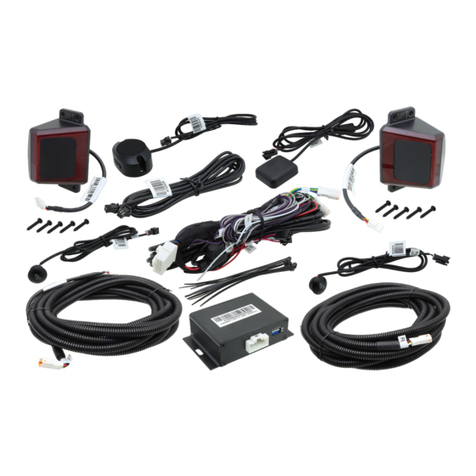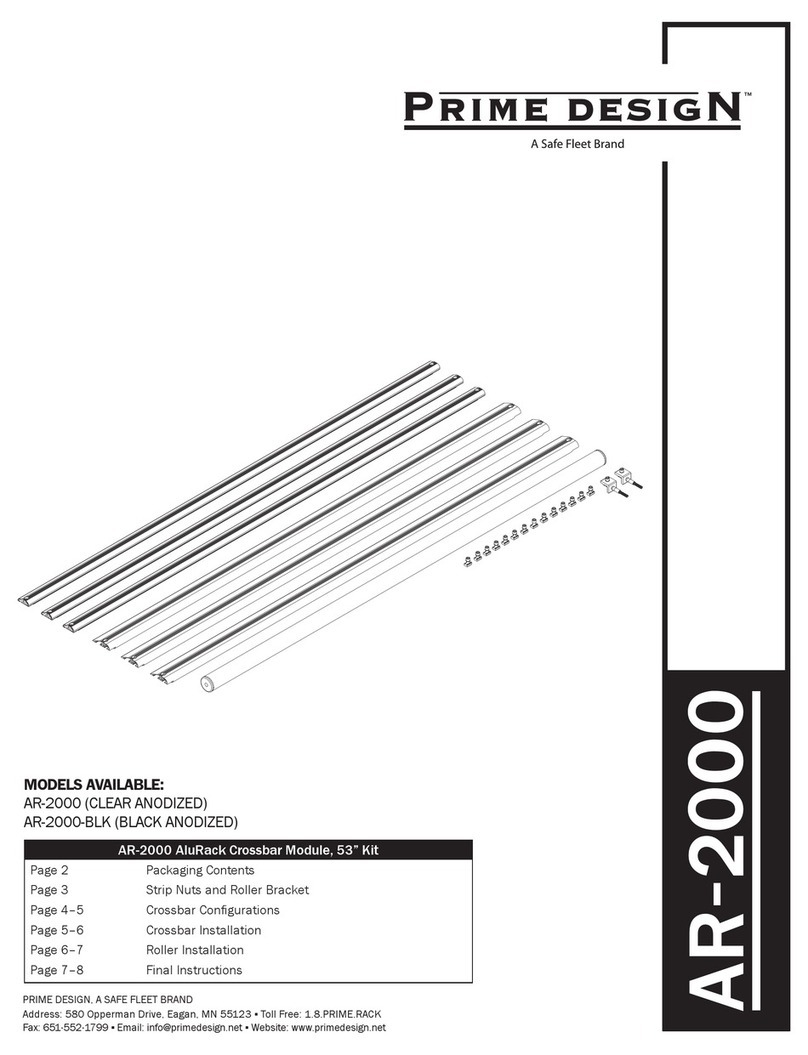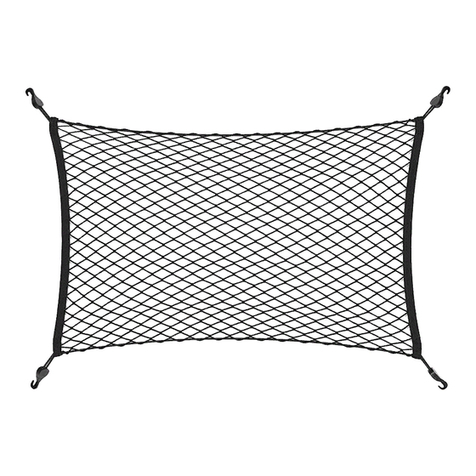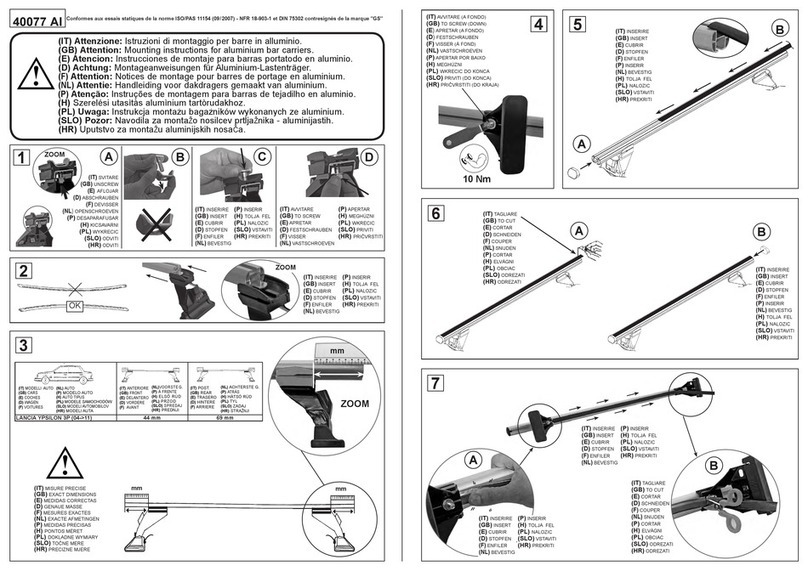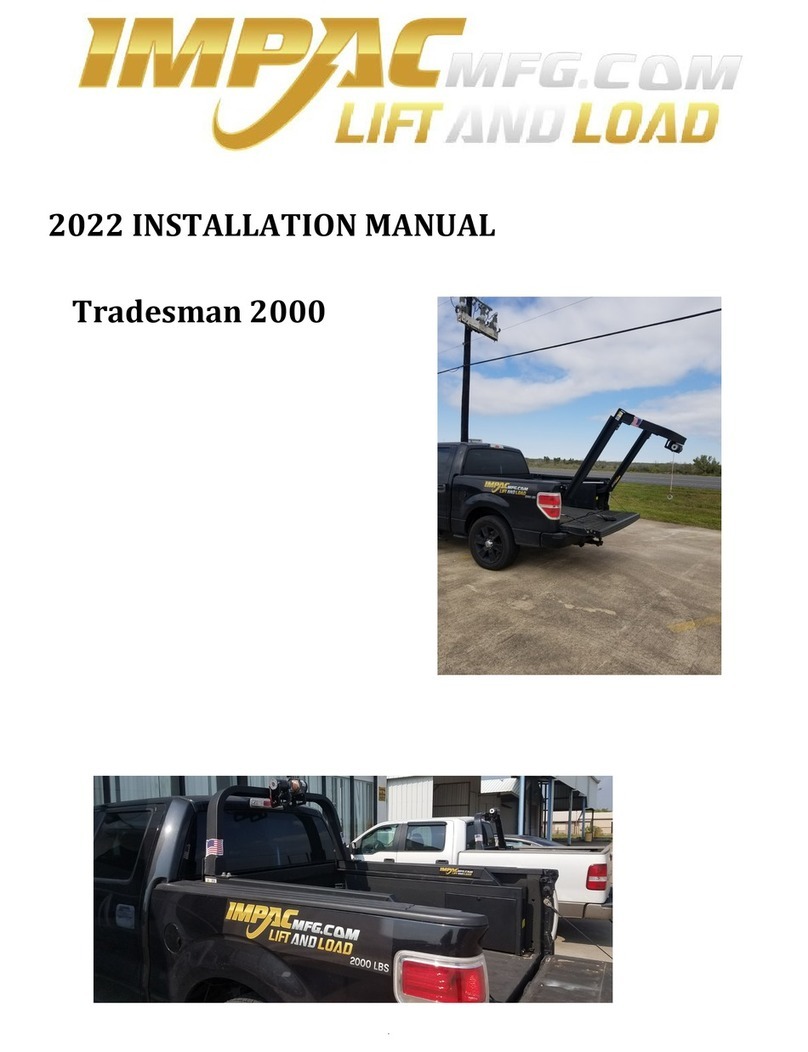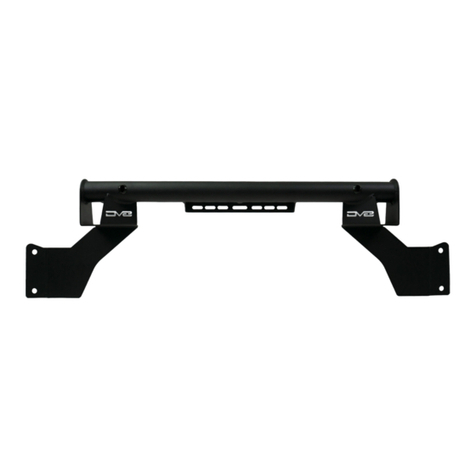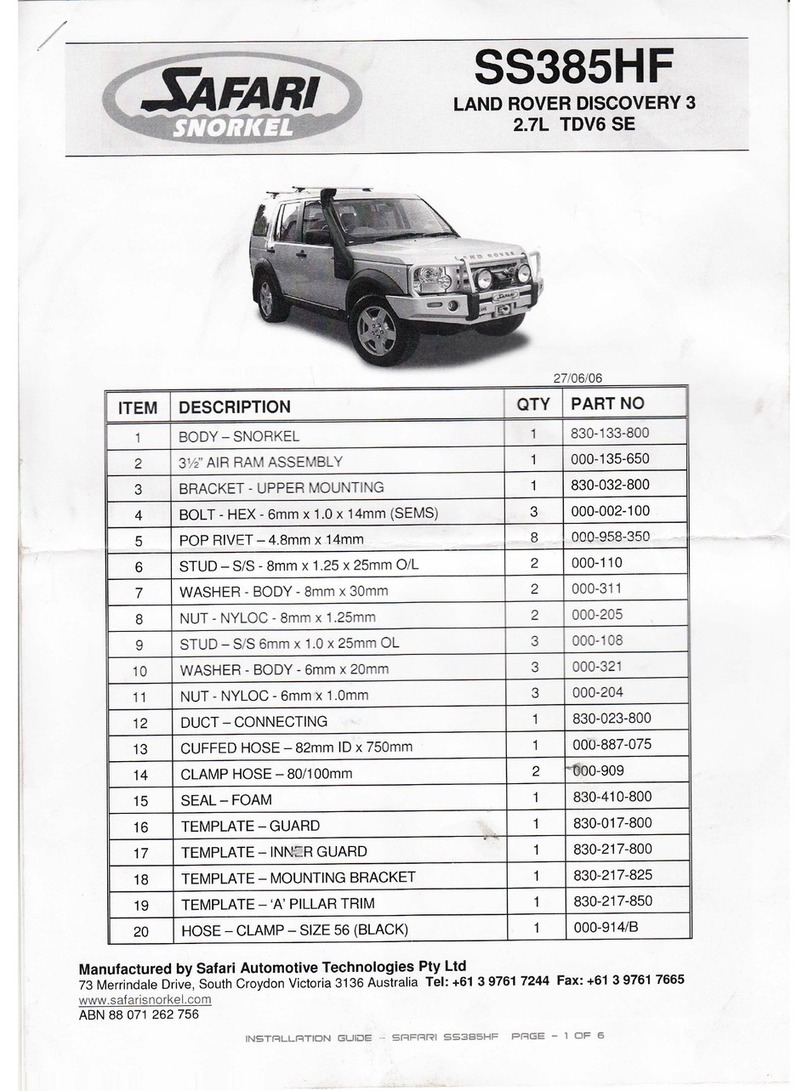
7
MAINTENANCE
It is important that all components of the webbing restraint system should
be examined regularly by the users prior to use. If there is any doubt about serviceability
of the system, it should be withdrawn from use and examined
by a competent person.
Take note of the following guidance:
(A) If necessary, the lashing webbing and components should be cleaned
before they are inspected.
(B) The complete webbing system should be individually inspected for
Any signs of wear, twisting or stretching.
(C) Clearly mark the faults on all webbing restraint systems that have
been withdrawn from service for evaluation.
(D) Any damaged webbing restraint system which cannot be repaired
should be destroyed.
SAFEGUARD NETS LOAD CAPACITY
1000kg with 6 straps
500kg with 4 straps attached. (Only on certain models - refer to each model label for
details)
The manufacturer is NOT responsible for the attachment or the installation
of this product. It neither guarantees, nor will be liable for damage resulting from this
product. Failure to use this product properly may cause cargo to shift or drop from
vehicle, which may result in substantial property damage and or serious injury or death.
Do not use this product if any hardware is
defective, webbing cut, frayed.
For technical assistance call 1800 20 88 66.
Do not allow the webbing to dry out before rinsing in water.
(vii) If the ratchet mechanism becomes sti in use, a small amount of
lubricant applied to the moving parts will ease operation.
(B) Use
(i) Ensure that the lashing webbing or components are free of any significant
damage or wear.
(ii) Avoid throwing from heights or leaving on the ground where vehicles may
damage the metal fittings.
(iii) Do not twist or knot the webbing.
(iv) Use protective sleeves or other packing material to protect the webbing if
it passes over sharp edges or rough surfaces.
(v) Ensure the lashing webbing restraint system is evenly applied before
tightening.
(vi) When the lashing webbing is tensioned, ensure the force applied does not
exceed the manufacturer’s or suppliers recommendations.
(vii) Ensure that there is even tension on all attachment webbing straps.
